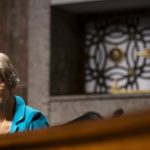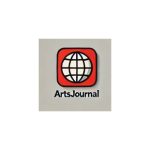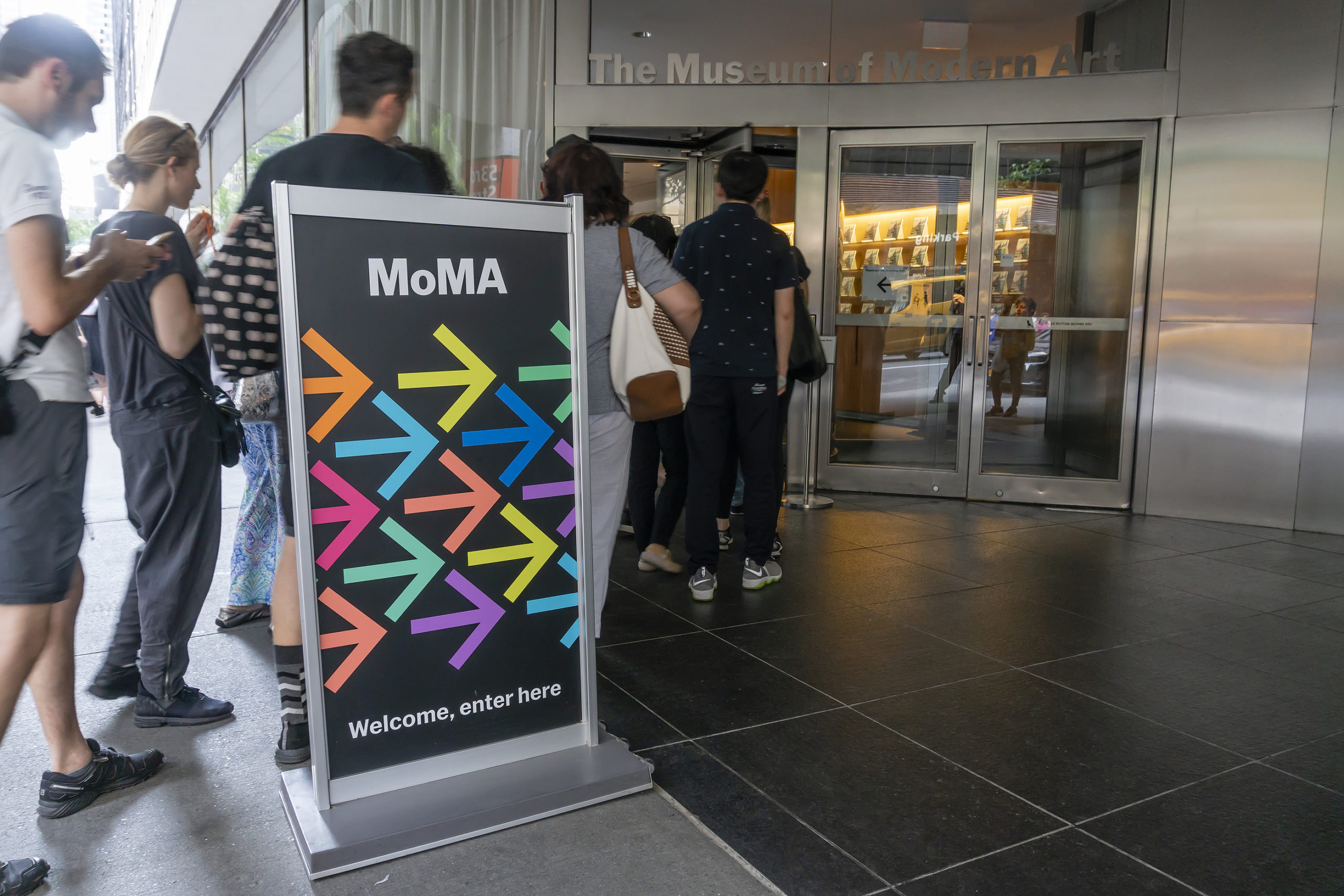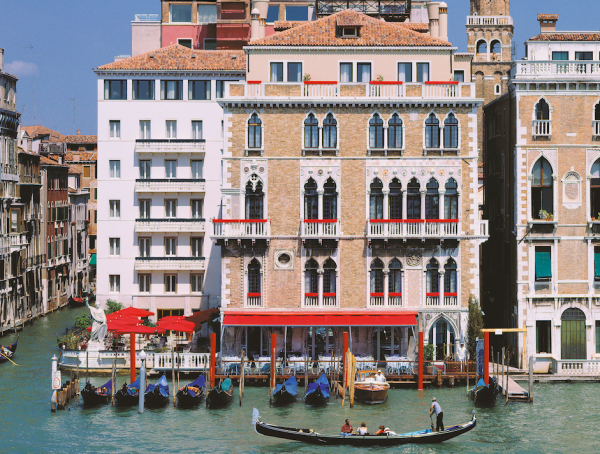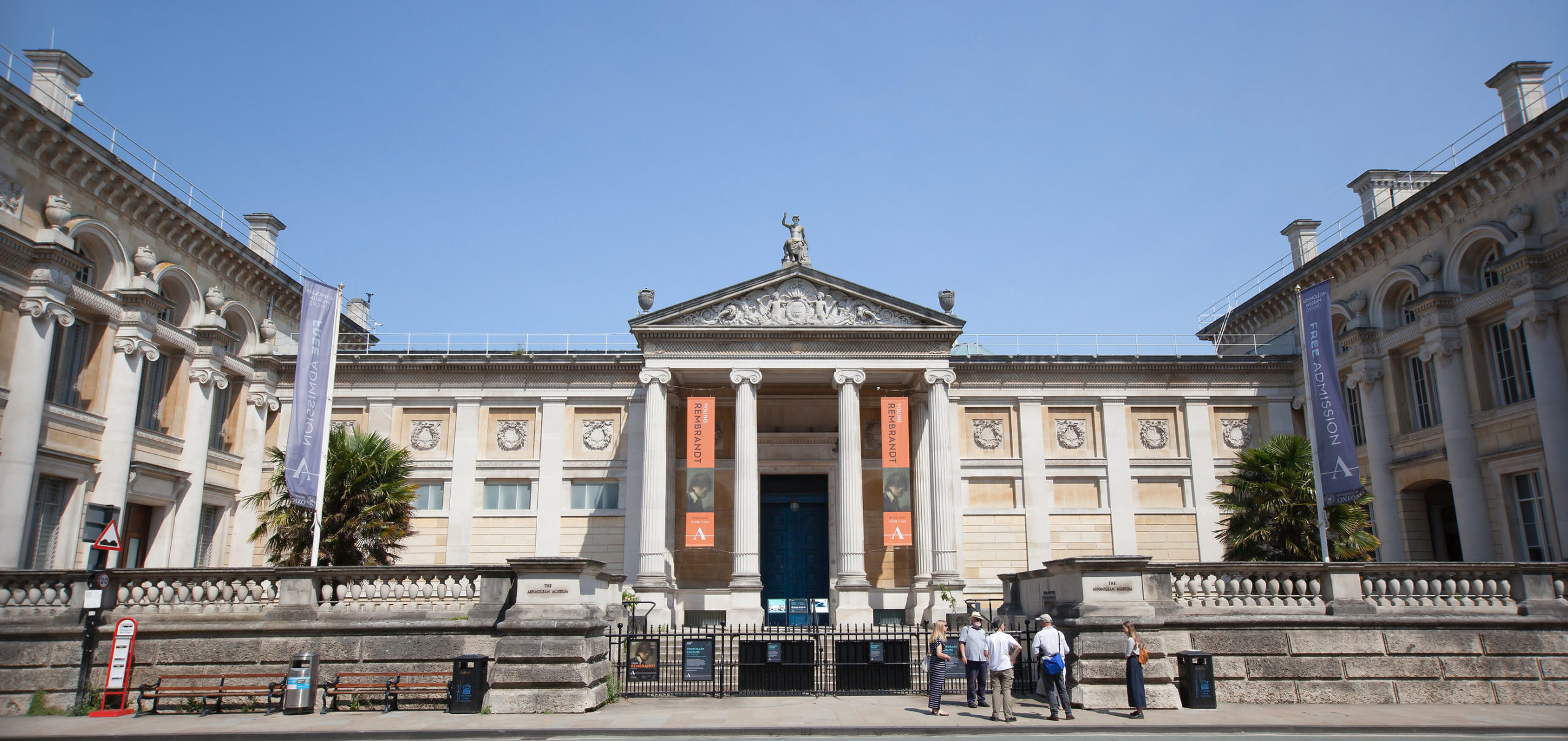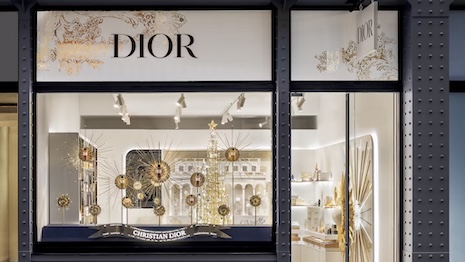The Museum of Modern Art in New York hosts a huge lineup of exhibitions of talented American artists, but some of them stand out from the crowd and offer a breathtaking visitor experience. One of them is the recently opened Ed Ruscha retrospective, an exhibition of the best-known West Coast artist, with a unique approach and philosophy.
Meet Ed Ruscha’s Art
The present-day exhibition is MoMA’s testimony to 60 years of close relationship with Ed Ruscha’s genius. The Museum featured his first exhibition in 1963, starting a six-decade story of rewarding collaboration. The retrospective’s name is Ed Ruscha/Now Then, which symbolizes a contemplative touch to many decades of Ruscha’s artistic activities and diverse products in the spheres of painting, drawing, installation art, and printmaking.
The theme of a dichotomy between reality and illusion has spanned across the entire creative path of Ed Ruscha, an iconic figure in US art, who took some inspiration from Andy Warhol, James Rosenquist, and Roy Lichtenstein and combined those influences with Jasper Johns’ and René Magritte’s unique approaches. Ruscha’s early experience as a commercial artist left a print on his works, and his diverse artistic output transcended the boundaries of Pop Art and conceptualism, expressionism, and minimalist abstraction by offering new perspectives on, and intersections of, the dominant artistic trends of the 20th century.
A notable feature of Ruscha’s works is his text-driven creativity, with some paintings (like the 1962 Oof) envisioned as a creative transformation of words into pictures. Other techniques are imagery and brand name use, which are consistent with the pop art tendencies of 20th-century American art.
The Highlights of the Ed Ruscha Retrospective
The artist, born in 1937 and starting his career in the 1950s, definitely has a rich living legacy to offer to the public. Yet, the most notable highlights of the Ed Ruscha retrospective combine his best-known works with less famous pieces you will surely enjoy. These include:
- The 20th Century Fox logo;
- The 1962 painting OOF;
- Actual Size (1962);
- Noise, Pencil, Broken Pencil, Cheap Western (1963);
- Standard Station, Amarillo, Texas (1963);
- Trompe l’oeil masterpiece Angry Because It’s Plaster, Not Milk (1965), among others.
As you can see, there are many reasons to include the Ed Ruscha retrospective in your art program for the end of 2023. The artist offers a unique touch to contemporary art and remains one of the best-known representatives of modern West Coast art.
